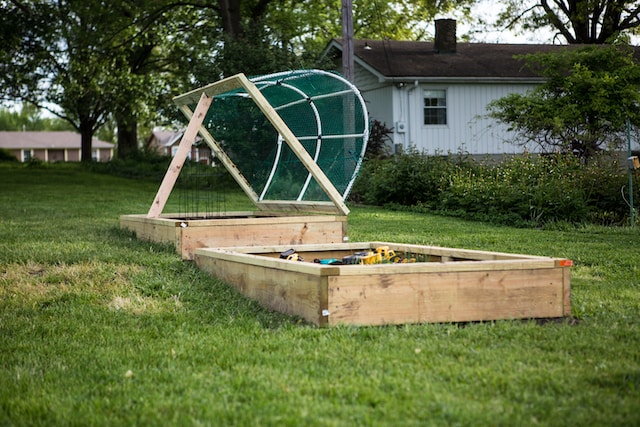MicroGreenhouses: The Benefit of Seasonal Planting
Harnessing the power of MicroGreenhouses for seasonal planting offers an impressive array of advantages. For one, it enables continuous harvest throughout the year. With careful planning, you can ensure a fresh produce bounty on your table every season. This advantage goes hand in hand with efficient space usage. Even a small MicroGreenhouse can yield a substantial harvest if you plant strategically and make the best use of available space (source).
Another significant perk of MicroGreenhouses is the potential reduction of pests and diseases. Plants are more protected within the sealed environment, reducing their exposure to harmful agents. So, using a seasonal planting strategy in a MicroGreenhouse not only strengthens your food security but also enhances the health of your plants.
Charting Your Seasonal Planting and Harvesting Calendar
Planning plays an integral role in reaping the benefits of seasonal planting in MicroGreenhouses. By creating a detailed calendar, you can map out when to plant and harvest various crops throughout the year. This timetable works as a guide, helping you stay organized and maximize yield (source).
Your calendar should include a list of vegetables and herbs to plant for each season. You can include diverse greens, herbs, and vegetables from peppermint and parsley, to radishes and bell peppers. Research their ideal planting period to ensure that you set them at appropriate times to facilitate growth and harvest.
Best Practices for Planting and Harvesting in MicroGreenhouses
To yield a vibrant and healthy crop in your MicroGreenhouse, its crucial to consider a few best practices. Soil health reigns supreme; therefore, consider testing your soil before planting and incorporating organic matter to enrich it (source).
Watering, too, plays an essential role in your planting journey. Over-watering or under-watering can be detrimental, so remember to measure your water application. Similarly, maintaining suitable temperature control is integral too hot or cold could adversely affect growth. With these practices in place, you can look forward to a successful harvest.
Seasonal Planting and Harvesting Case Study in MicroGreenhouses
Let’s explore an interesting case study that vividly demonstrates the possibilities of a MicroGreenhouse. A small family in the Midwest transformed their tiny urban backyard into a productive MicroGreenhouse. They strategically planned their year into planting and harvesting seasons, successfully growing a wide array of vegetables and herbs.
Aided by diligent soil care, adequate watering, and optimal temperature control, their MicroGreenhouse yielded cycles of fresh produce throughout the year. This success story demonstrates the potential of MicroGreenhouses and the benefits of a detailed planting and harvesting calendar. So, why wait? It’s time to start planning your seasonal planting calendar and cultivate your own MicroGreenhouse feast.

